
Hot Sizes of Garden Shed, Suitable for Various Needs
The SUNSHINE GARDEN Storage Shed comes in a variety of sizes to choose from and is perfect for outdoor gardens, backyards, patios and decks. This outdoor storage shed has 86.3 square feet of storage space can be used to store gardening tools, lawn mowers, bicycles, ladders, tents or other miscellaneous items. In addition, the sloping roof not only allows rainwater to fall quickly, but also adds extra storage space.

Brand New Upgrade - Taller! Stronger! Easier to install
We have completely upgraded the product with a higher height, more solid overall structure and easier product assembly.The overall height of the product has been increased to 80 inches so that it does not feel oppressive when standing and working in the shed. This shed can be easily put together by two people! Once completed, it will stay sturdy outside and defy inclement weather.

All-weather Security
The whole house has a steel frame construction and the metal garden storage shed is made of electro-galvanised steel, which is extremely corrosion and UV resistant. The all-metal storage shed is suitable for all kinds of weather and will not be deformed by sunlight, and is fitted with four vents to make it moisture-proof.



Keep Your Backyard Clean And Tidy
This outdoor storage shed provides an extra storage space for yard waste and large equipment. It can help you avoid clutter in your yard, basement or garage. It can also be used as a pet house to provide a warm and safe room for your pets.
Please feel free to contact us if any questions.

 英语
英语 俄语
俄语 德语
德语 西班牙语
西班牙语 法语
法语


 Innovation Team
Innovation Team Patented Technology
Patented Technology Quality Assurance
Quality Assurance Efficient Response
Efficient Response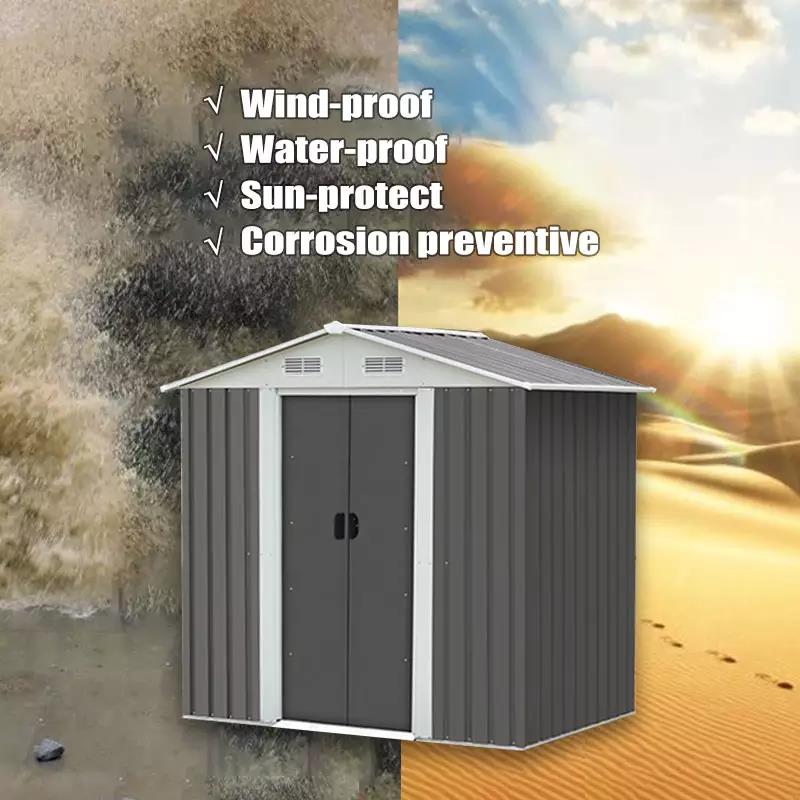
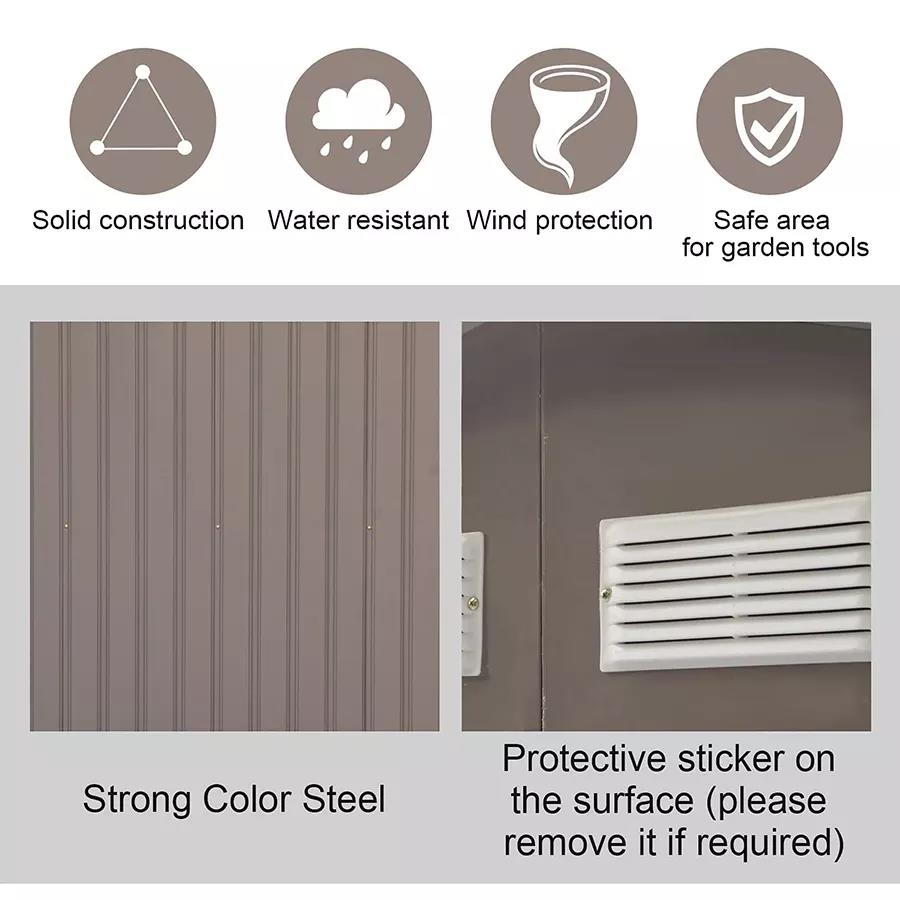
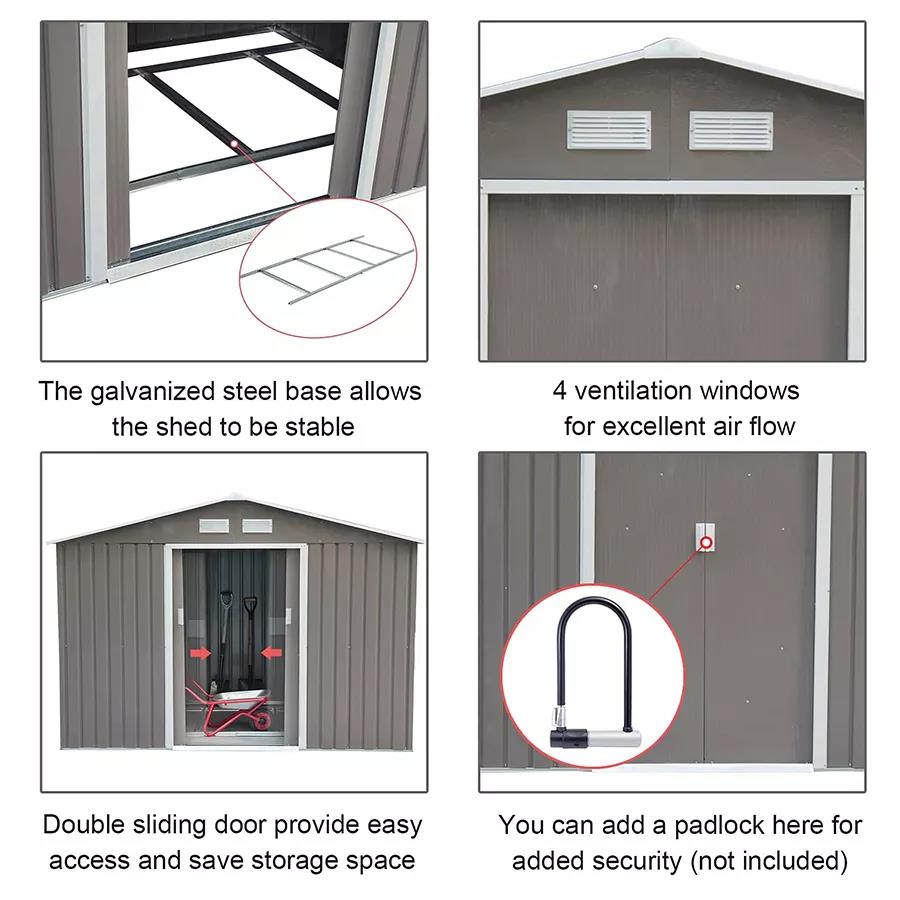
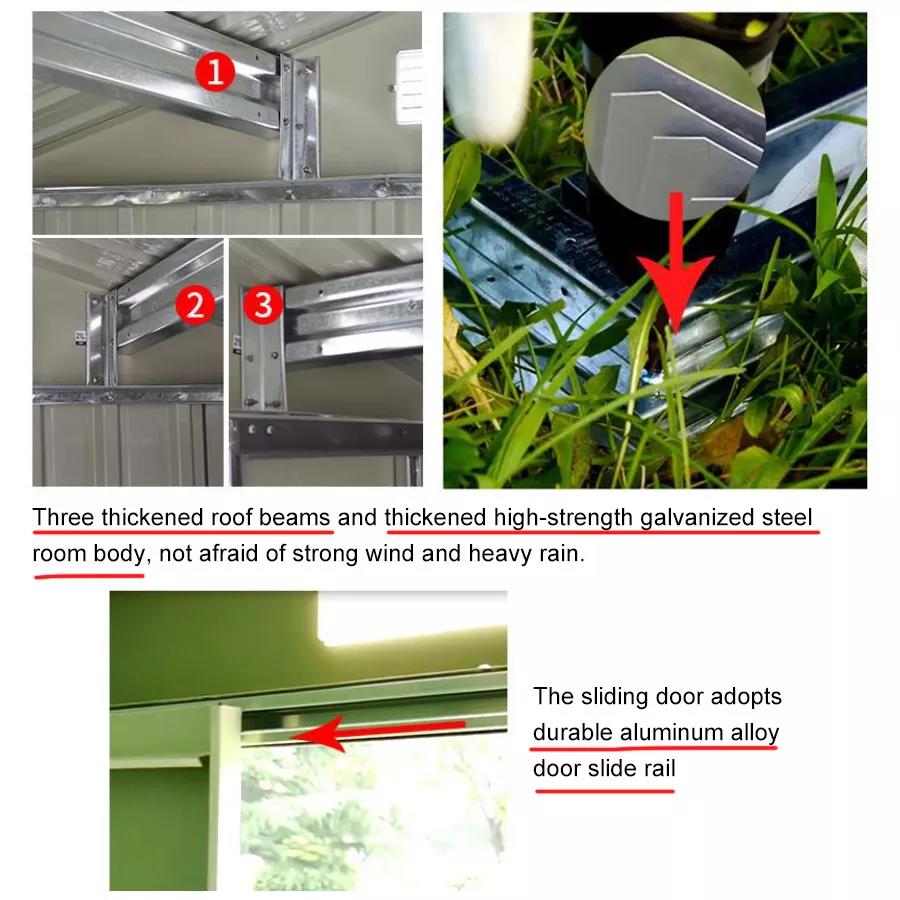
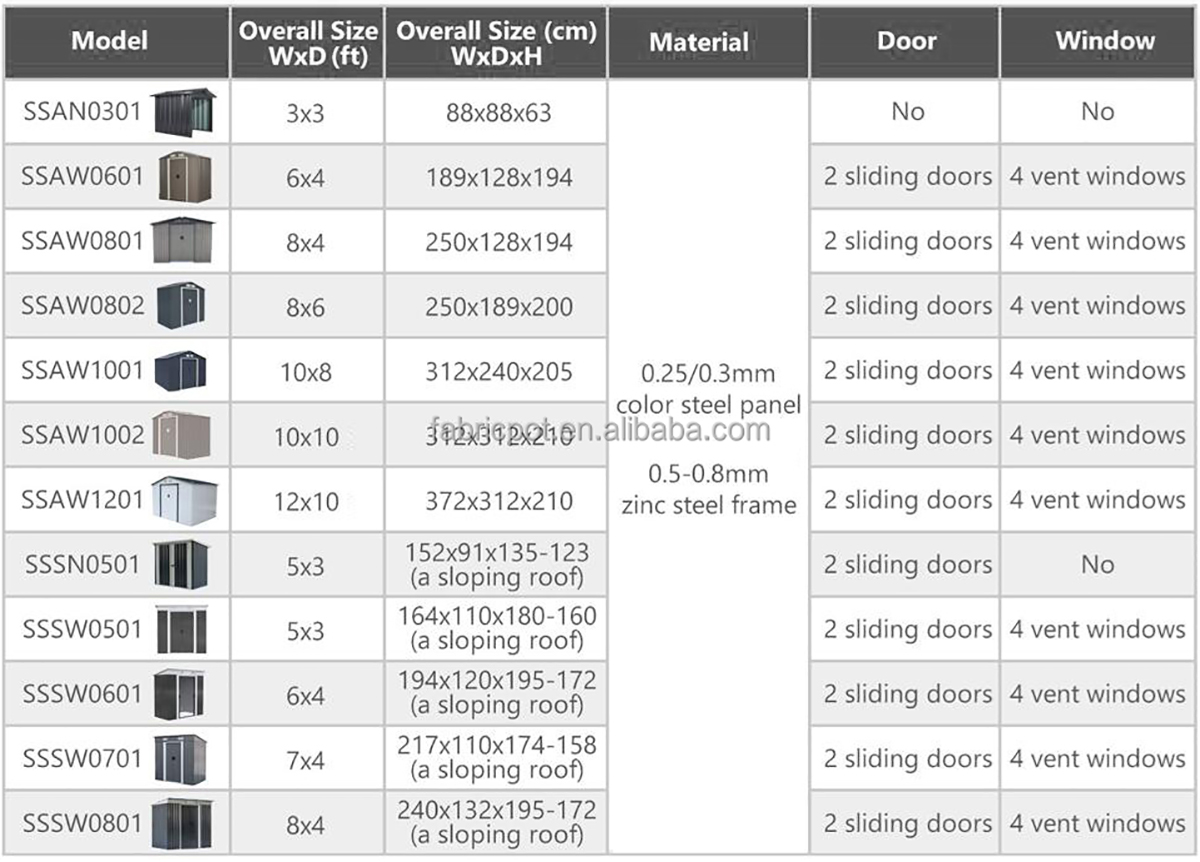
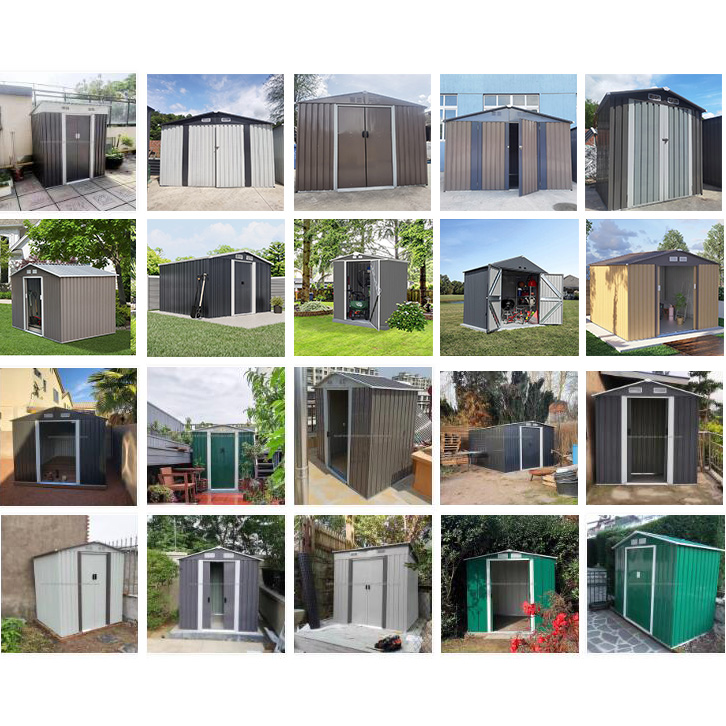







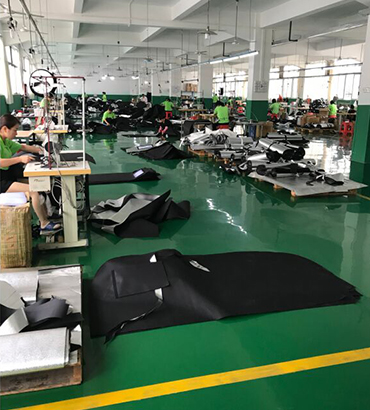
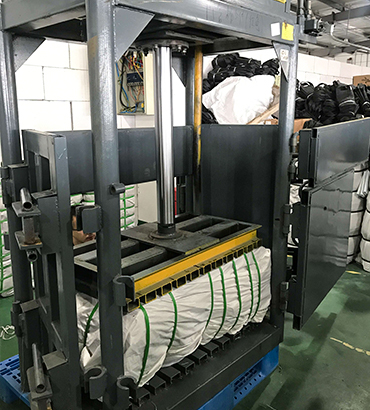
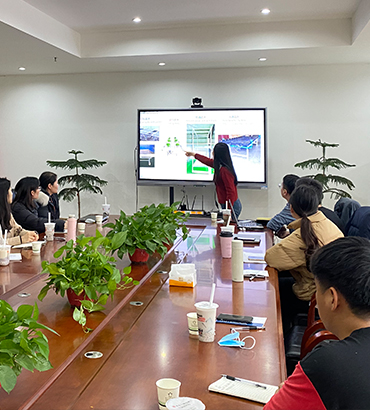
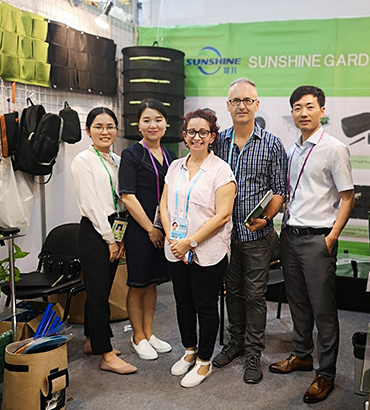
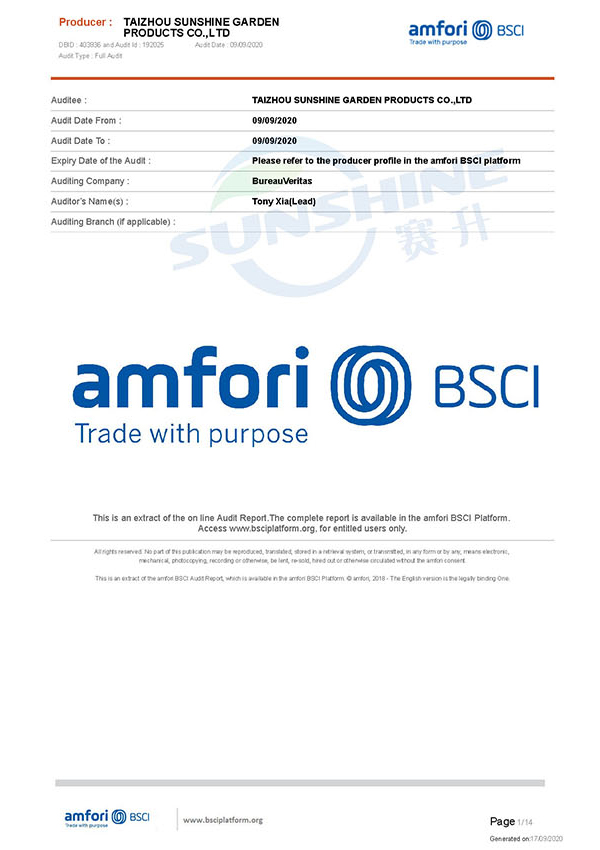
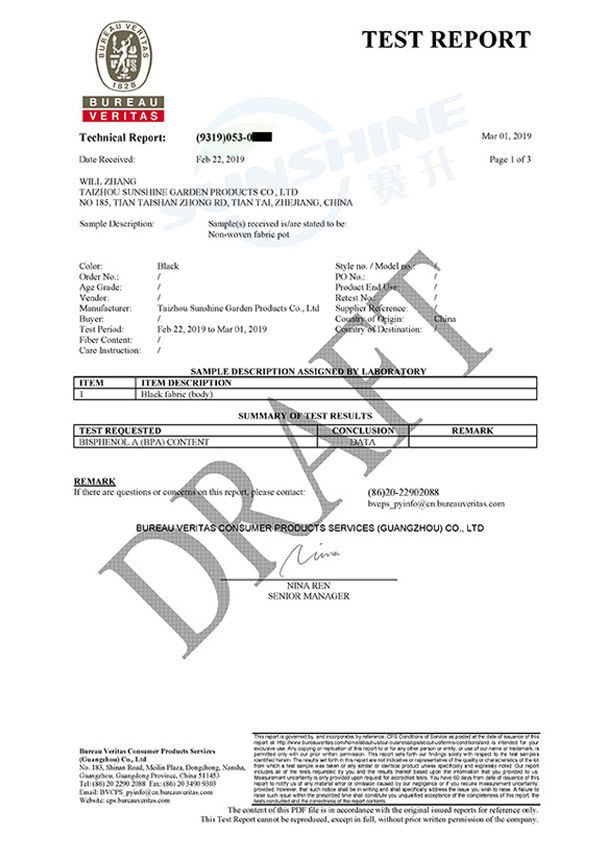
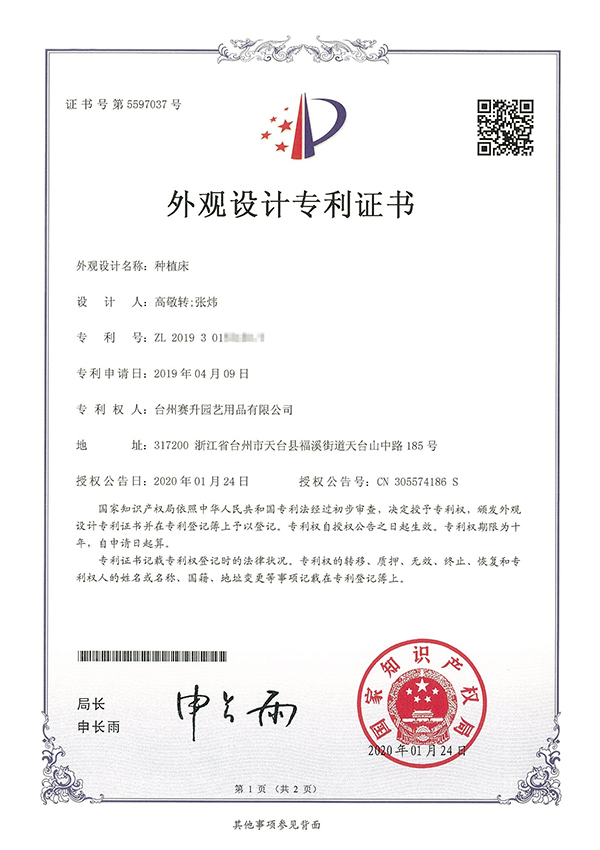
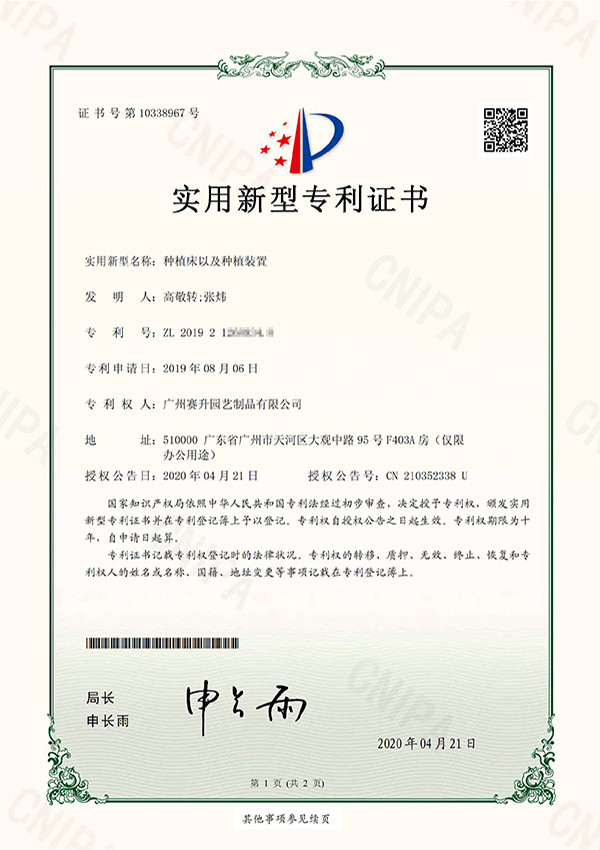
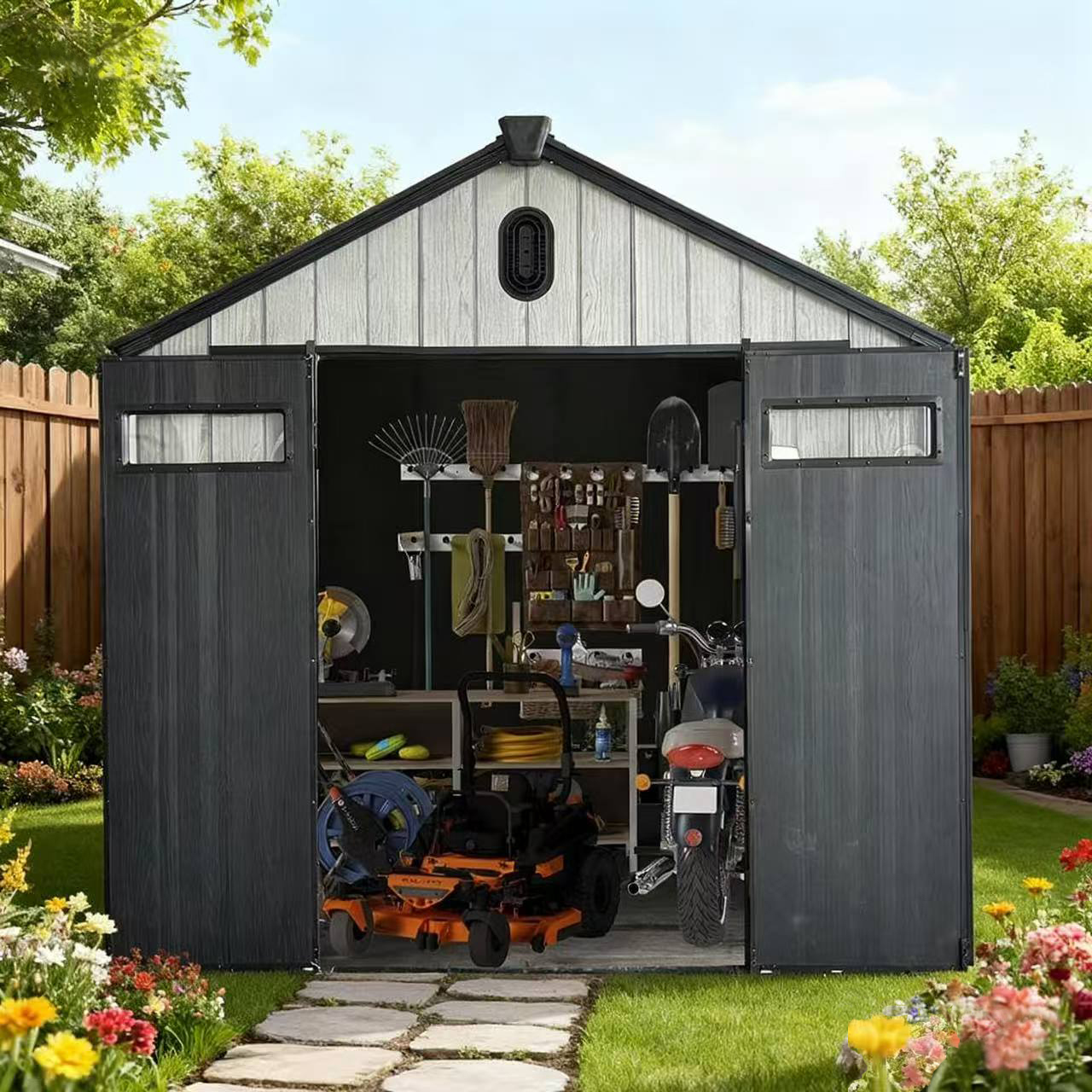
.png)
.jpg)












